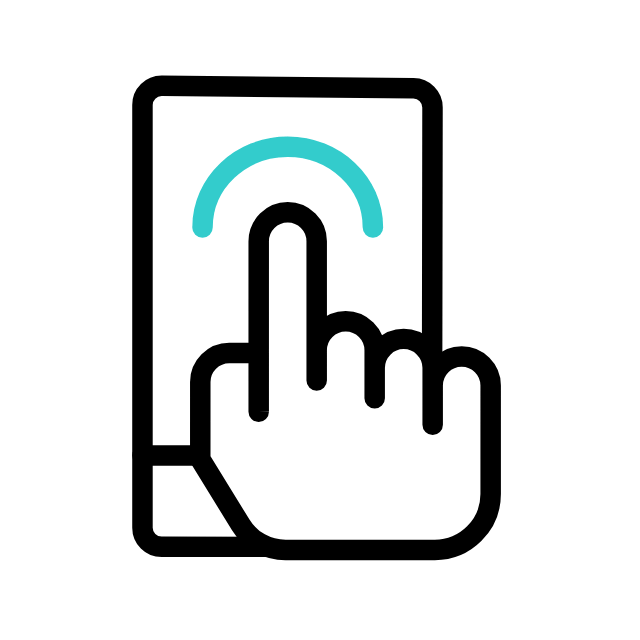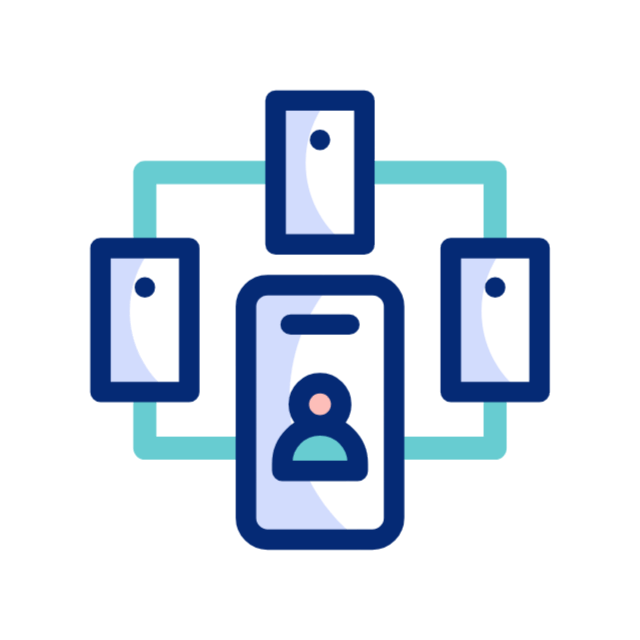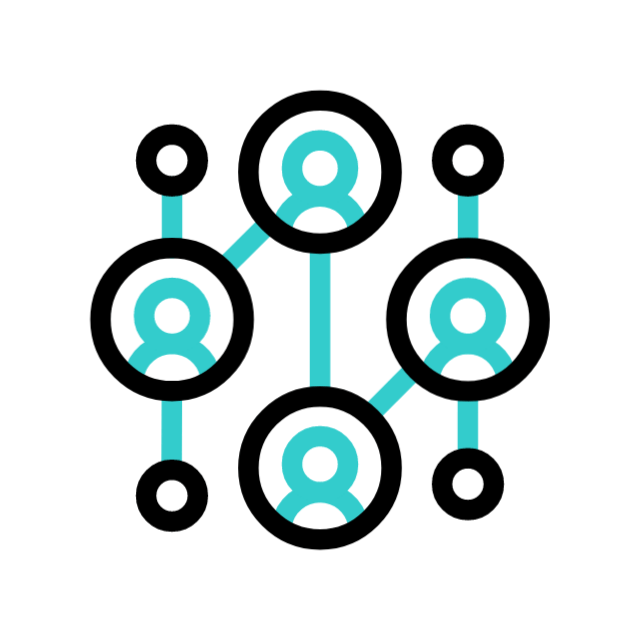01
The project initiation stage sets the foundation for development by transforming an idea into a clear vision. It involves gathering and refining functional and non-functional requirements, understanding user needs, and exploring market trends.
A mobile app (or mobile application) is a software application developed specifically for use on small, wireless computing devices, such as smartphones and tablets, rather than desktop or laptop computers.


A user-friendly interface is the cornerstone of any successful application, ensuring a seamless and enjoyable user experience. It emphasizes simplicity and clarity, enabling users to navigate effortlessly without prior training or instruction. Intuitive design principles guide the placement of elements, making interactions logical and efficient.

Platform compatibility is essential for ensuring an application performs seamlessly across different devices and operating systems. It involves designing solutions that cater to various platforms, such as iOS, Android, and web browsers, while maintaining consistent functionality and user experience. Native apps take advantage of platform-specific features for optimized performance, while hybrid and web-based apps ensure broader accessibility with a single codebase.

Performance and speed are critical factors in delivering a reliable and satisfying user experience. Applications must load quickly, operate smoothly, and respond promptly to user actions to meet modern expectations. Efficient coding practices, optimized algorithms, and resource management play a pivotal role in achieving these goals. Minimizing lag, ensuring stability during high traffic or complex operations, and reducing unnecessary load times are key priorities

Connectivity is a vital component of modern applications, enabling seamless interaction and integration with online services and other platforms. It ensures real-time updates, synchronization across multiple devices, and smooth data exchange, keeping users engaged and informed. Features like cloud integration, API connectivity, and live notifications enhance the applications interactivity and functionality. Robust connectivity also supports collaboration, remote access, and cross-platform usability.
In today's digital age, mobile apps are an essential part of most people's daily lives. From social networking and entertainment to productivity and business, mobile apps play a vital role in how we interact with technology.
01
The project initiation stage sets the foundation for development by transforming an idea into a clear vision. It involves gathering and refining functional and non-functional requirements, understanding user needs, and exploring market trends.
02
The requirements analysis phase focuses on defining the application's functionalities, features, and constraints. By engaging users and stakeholders, the team gathers insights to align the product with user needs. Functional requirements specify core features like interactions and data processing, while non-functional requirements address performance, security, and usability.
03
Planning is the backbone of successful application development, turning ideas into a structured roadmap. This phase identifies risks, defines clear goals, and ensures alignment among stakeholders. By gathering and analyzing data, the team makes informed decisions and prioritizes features that deliver the most value.
04
Prototyping and design transform abstract concepts into tangible visuals, laying the foundation for a seamless user experience. The process begins with conceptualization, where stakeholders and designers brainstorm the application's structure, layout, and interface. Interactive prototypes showcase core functionalities and user flow, enabling early feedback and validation.
05
Development is where the application design takes shape, turning into a fully functional product. It’s a collaborative process that brings together specialists to work towards a common goal. Best practices include managing backlogs to prioritize tasks, estimating time for critical tasks, and aligning the technology stack with project requirements.
06
Testing is a critical phase in the application development lifecycle, ensuring the product is stable, secure, and user-friendly. The process involves identifying and fixing bugs, testing the application’s performance and security, and refining features based on feedback. User acceptance testing (UAT) allows representative users to test the app, providing insights into usability and areas for improvement.
07
The deployment phase marks the final step of the development process, where the application is released to the production environment. This phase includes rigorous final testing and QA to ensure flawless performance. The application is then carefully deployed to the designated servers or cloud infrastructure, ensuring a smooth transition for users.